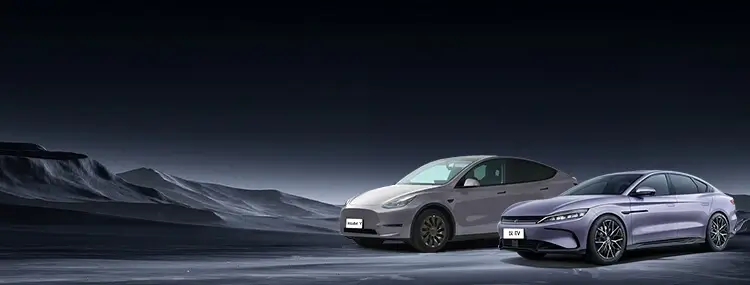In the realm of automotive safety and driver assistance technologies, Transparent Imaging and 360° Panoramic Imaging are two groundbreaking systems that enhance visibility and reduce blind spots. While both aim to improve driving confidence, their functionalities and applications differ significantly. Below is a detailed comparison to help you understand their unique roles.
1. Core Definitions
Aims to create a "see-through" visual effect by combining real-time camera feeds (including underbody views) with pre-stored road data or dynamic image stitching. This allows drivers to monitor obstacles beneath the vehicle, such as rocks or curbs, while maintaining a seamless view of their surroundings13.
Often integrates 540° coverage (360° around the vehicle + 180° underbody) for off-road or complex urban scenarios45.
Relies on four to six external cameras to stitch together a bird’s-eye view of the vehicle’s surroundings, eliminating traditional blind spots during parking or low-speed maneuvers12.
2. Technical Comparison
3. Practical Applications
Transparent Imaging:
Off-Road Driving: Detects hidden rocks, ditches, or debris beneath the vehicle45.
Urban Challenges: Shows tire alignment relative to curbs during parallel parking68.
Enhanced Safety: Alerts drivers to small obstacles (e.g., pets, low barriers) under the chassis58.
360° Panoramic Imaging:
Parking Perfection: Provides a top-down view to avoid collisions with poles, walls, or nearby vehicles27.
Low-Speed Maneuvers: Assists in navigating tight spaces, such as crowded garages or narrow lanes78.
4. Limitations
Transparent Imaging:
Relies on pre-mapped road data in some systems, limiting real-time adaptability35.
Higher installation costs and hardware requirements68.
360° Panoramic Imaging:
Cannot monitor underbody hazards27.
Less effective in dynamic, off-road environments45.
5. Which Should You Choose?
Opt for Transparent Imaging if you frequently drive on uneven terrain or need precise tire positioning45.
Choose 360° Panoramic Imaging for everyday urban driving and parking ease27.
Final Takeaway
Both technologies elevate driving safety, but their value depends on your specific needs. Transparent imaging excels in complex environments, while 360° panoramic systems remain a cost-effective solution for routine scenarios

